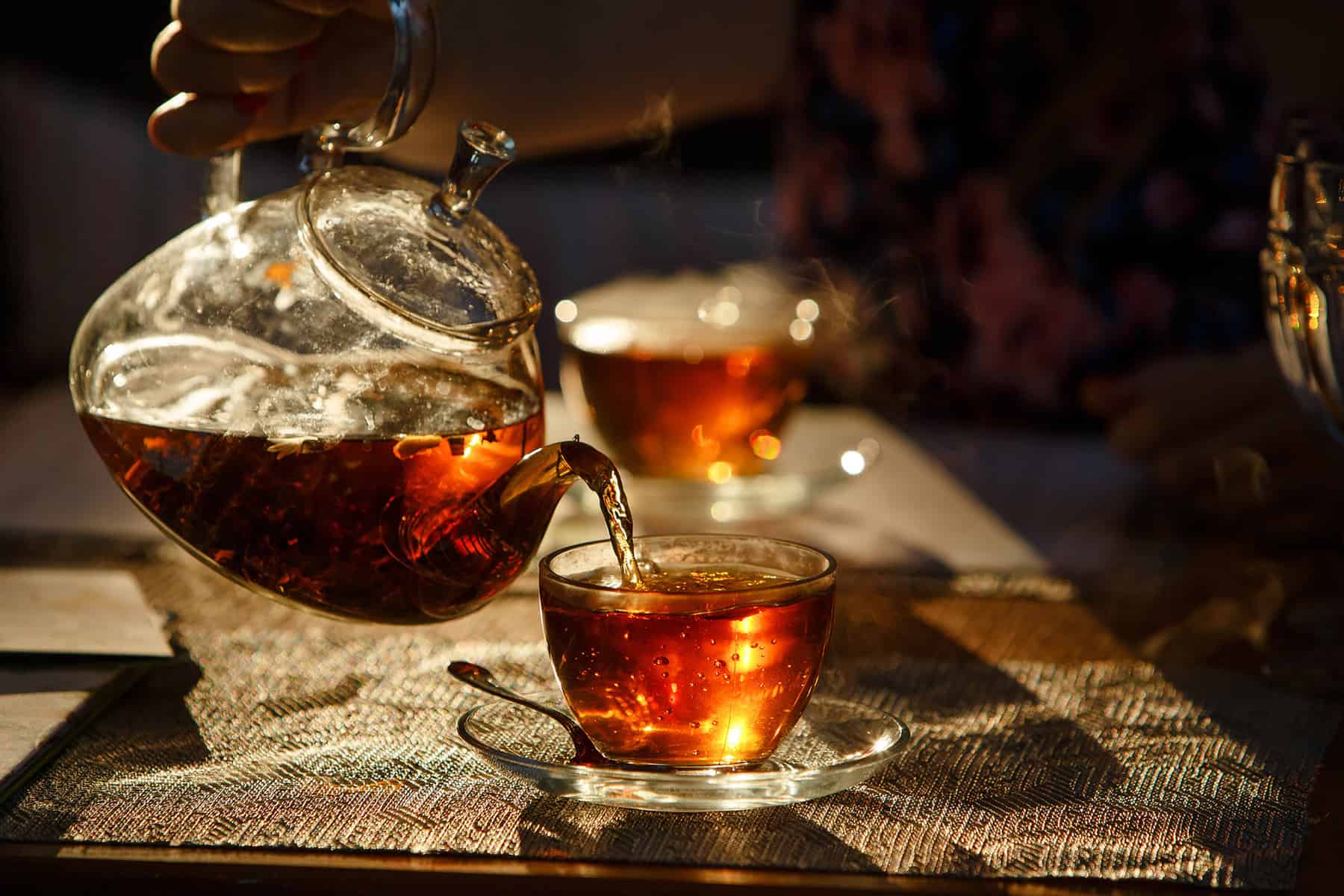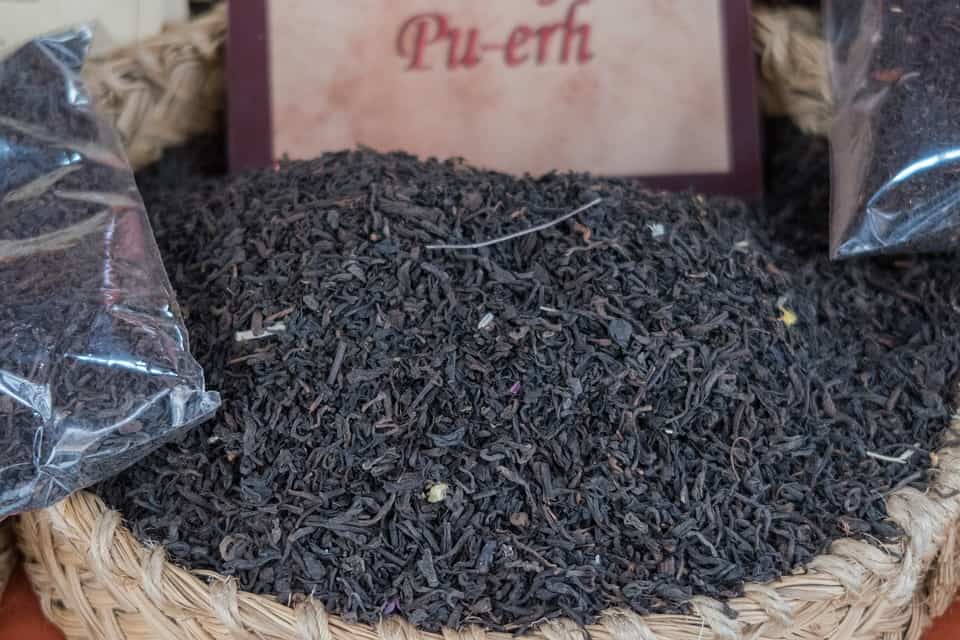Thanks to its plethora of health benefits, green tea becomes a popular tea compared to other types of tea. In addition, many people who were caffeine-addicted opt to drink green tea instead of regular coffee.
After all, green tea offers similar sensations to a coffee without the latter’s drawbacks.
So, does green tea have caffeine?
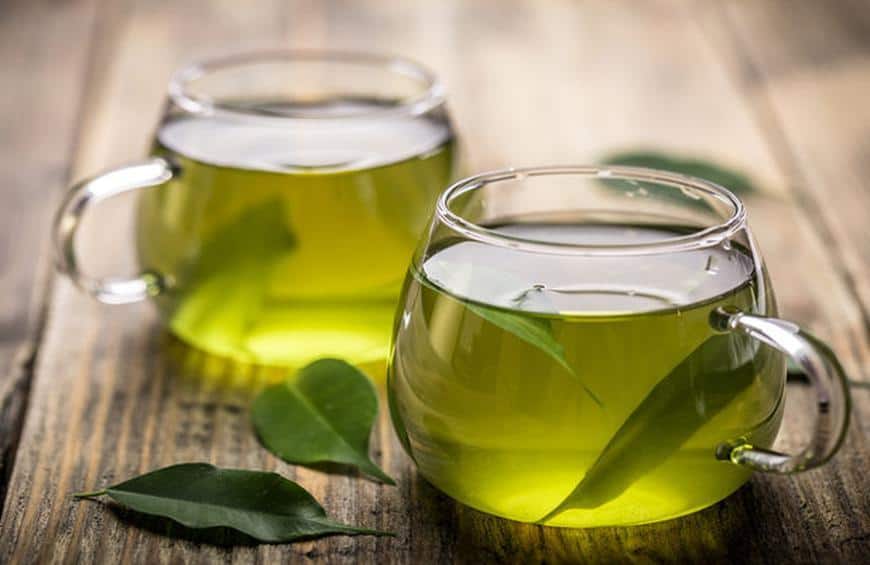
Turns out, there is caffeine in tea, and green tea is no exception. If anything, chocolate and tea are natural sources of caffeine, apart from the coffee itself.
An average cup of green tea (225 ml) contains approximately 25 mg of caffeine. At its highest amount, green tea may have 50 mg of caffeine.
However, when comparing caffeine in tea vs coffee, the difference is massive. A cup of coffee with a similar amount contains about 100 mg of caffeine.
This supports the aforementioned claim that green tea induces similar benefits from coffee with little to no side effects.
How does green tea have caffeine in the first place?
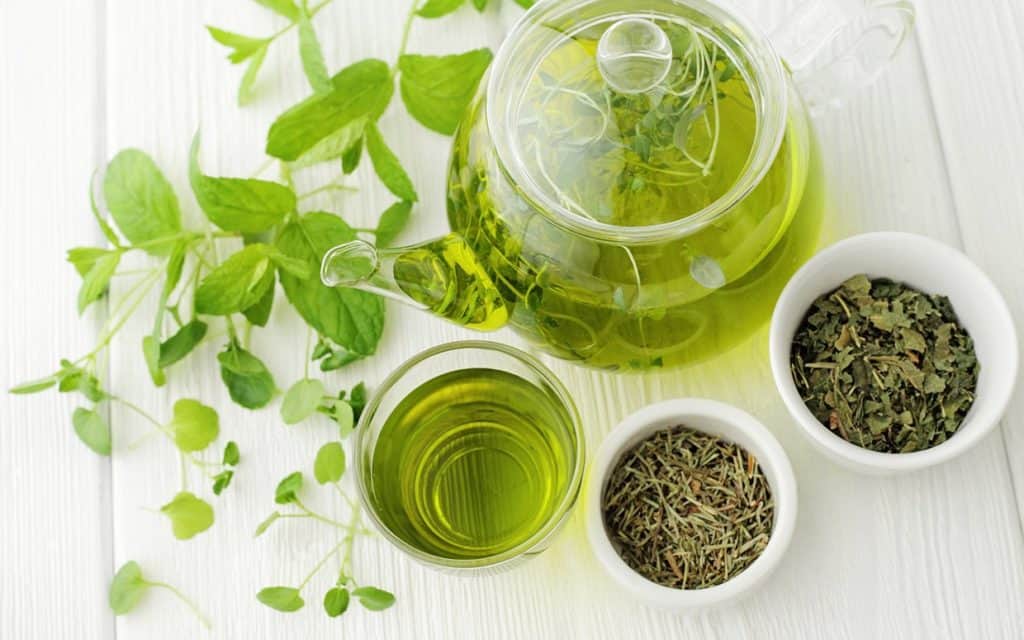
As mentioned before, tea is a natural source of caffeine, including green tea. However, the amount of caffeine may vary between different types of green tea because of several factors.
- Ground condition, in which the altitude, local weather, and amount of exposure to sunlight may increase or decrease the caffeine value
- Harvesting process, in which the quicker the green tea leaves are cultivated, the smaller caffeine they contain. Fermentation and oxidation increase the caffeine value, as demonstrated by black tea
- Brewing process, in which the quicker you brew the tea, the more caffeine the tea will have
But what if I want a caffeine-free green tea?
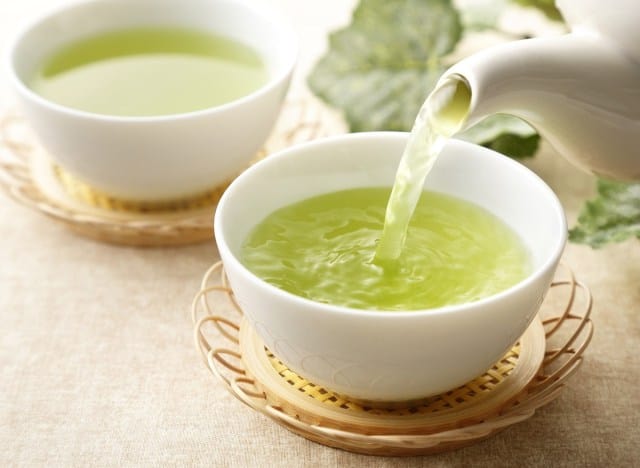
Some people may want to avoid caffeine for health reasons or to cure themselves of caffeine addiction. If that’s the case, they’ll find it difficult to drink green tea because it still contains caffeine, no matter how small.
But, does green tea contain caffeine all the time? Turns out, there is a decaffeinated green tea specialized for those who wish to avoid caffeine in green tea.
According to the standard operational procedure, a caffeine-free green tea must have a maximum of 2 mg of caffeine. This means that 98% of the green tea’s caffeine must be removed in order to gain the label.
But how is decaffeinated green tea made? During the cultivating process, the green tea leaves are soaked in water to remove their caffeine content.
Then, they’re separated from the water and mixed with ethyl acetate to let the substance absorb all of those released caffeine.
Finally, the tea leaves are soaked in water again to regain the other nutrients that are lost during the whole process.
Also, which types of green tea contain more or less caffeine?
Because of the aforementioned factors, several types of green tea may contain more caffeine than the others, or even less.
You might ask yourself “Does green tea contain caffeine?” every time and unsure which one has more or less.
To help clear up the caffeine value in several green tea types, below are listed 5 tea types with clear caffeine content. And they are:
- Matcha

Mostly known in the form of “Matcha latte,” matcha is a manufactured, powdered green tea. Japanese Tea Ceremony culture also uses matcha powder tea to make a homemade, traditional hot green tea.
To make one, the green tea leaves are taken away from sunlight for three weeks before cultivation. Then, the leaves are steamed, air-dried, and grounded up until they turn into powder.
It’s interesting to note that due to the whole cultivating process, matcha has a massive amount of caffeine.
A half cup of matcha green tea contains a whopping 32 mg of caffeine, which means a cup of it hails 64 mg of caffeine. That’s about the same amount of caffeine found within a cup of black coffee.
So, if you love a high caffeine tea for boosting your stamina and concentration during stressful moments, matcha green tea’s the one for you.
Conversely, if you avoid caffeine, then this type of green tea isn’t for you.
Read More : MATCHA TEA, ANTIOXIDANT SOURCE IN ONE SMALL CUP
- Bancha
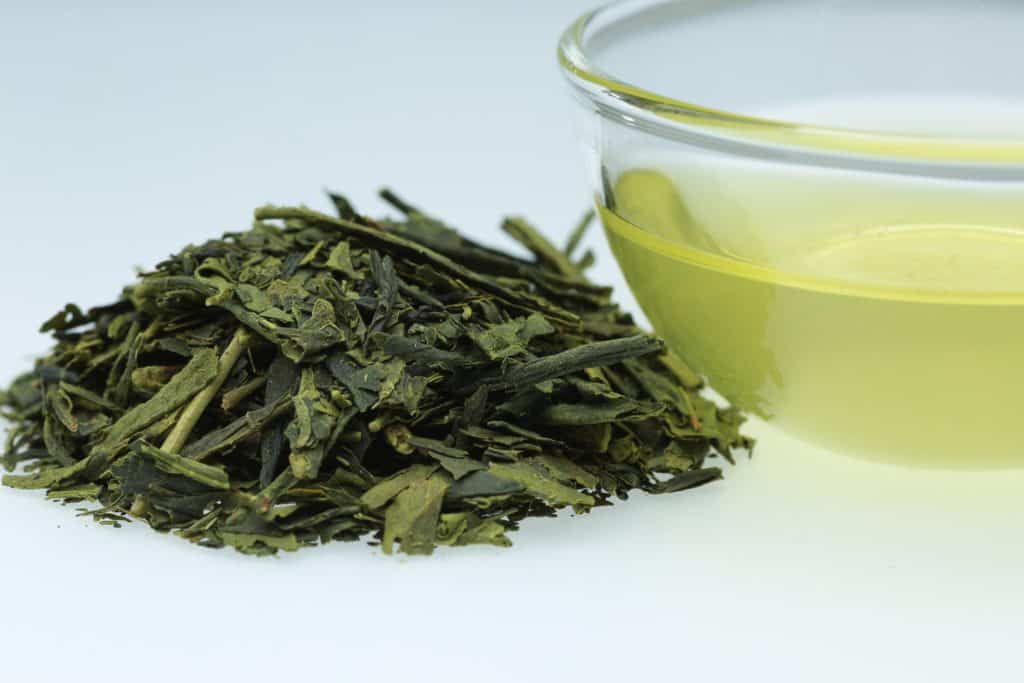
Bancha is what local Japanese people consider the “People’s tea” because it’s affordable and commonly found everywhere in Japan.
The cultivating process is unique, in which the leaves are harvested near the end of the harvest season. As a result, the tea produced from bancha tea has a weaker, lighter flavor.
And at the same time, it has only about 10 mg of caffeine, making it a great decaffeinated green tea.
- Hojicha
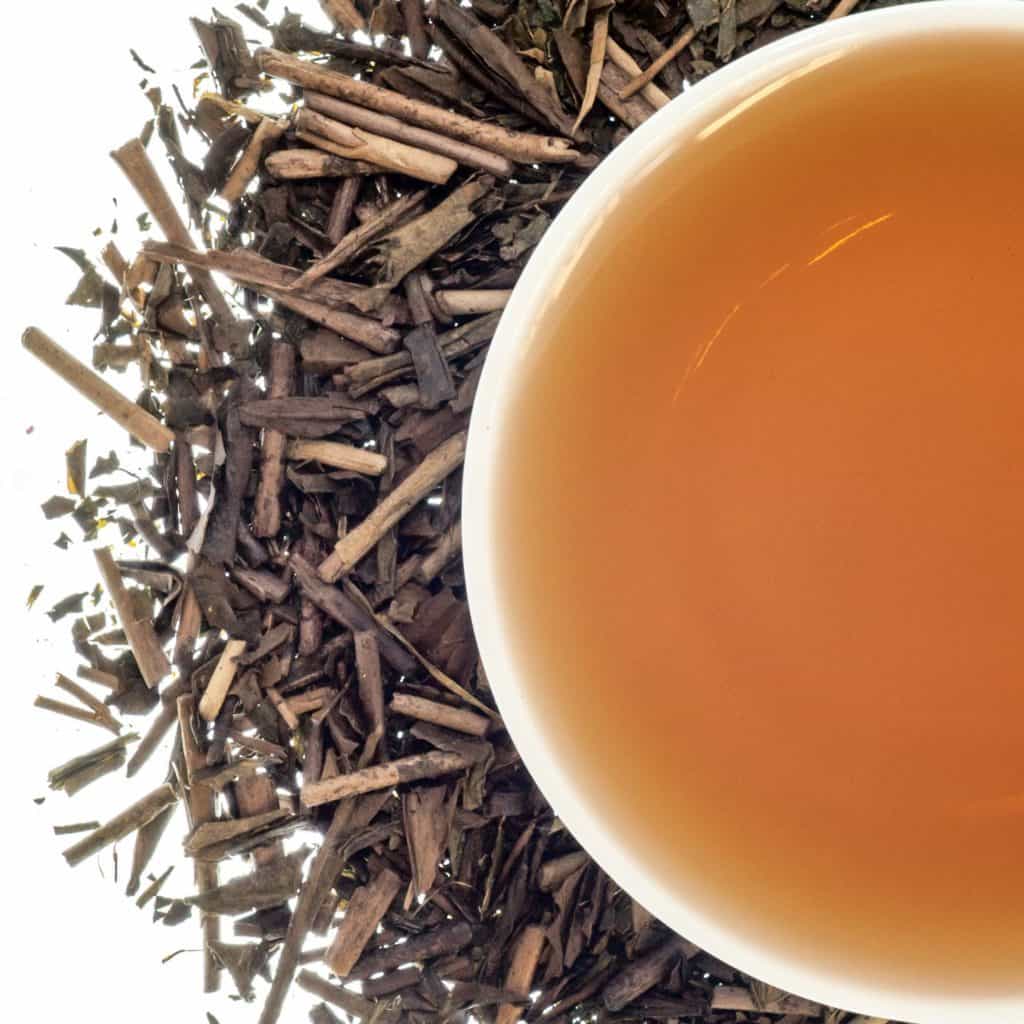
Compared to bancha, hojicha green tea is even more unique when it comes to the cultivating process and flavor. Instead of using the plant’s leaves, hojicha uses the plant’s stalks to make the tea.
Furthermore, the stalks are roasted in a pot with charcoal heat at a high temperature until they turn brown.
Because of that, the tea produces a coffee-like fragrance and flavor profile. But unlike a coffee, hojicha is sweeter and lighter, packed with a caffeine amount of mere 8 mg.
Therefore, hojicha also makes an amazing decaffeinated green tea, just like bancha.
- Genmaicha
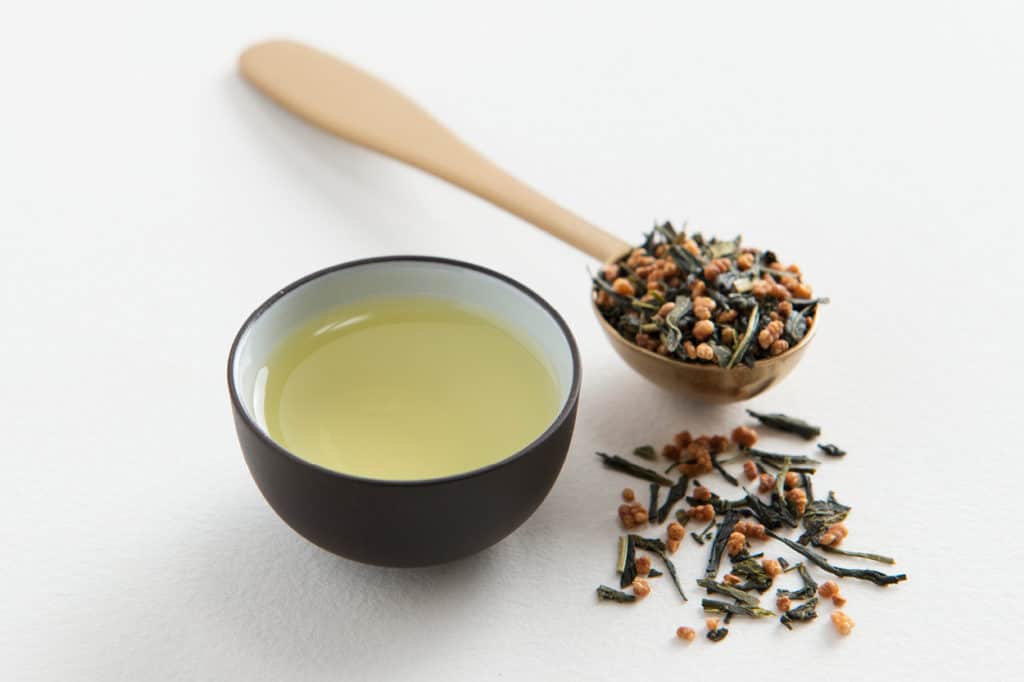
Perhaps one of the most bizarre types of green tea is genmaicha, which is basically bancha/sencha tea roasted with brown rice.
As the tea and rice are pan-roasted, the brown rice pops like popcorn and enriches the tea with its flavor.
Because of its unique presentation, genmaicha gains popularity among elite natives in recent times. Also, the green tea is hailed as a low-caffeine tea with only 4 mg of it per serving.
That’s why genmaicha becomes a popular decaffeinated green tea as well for people who avoid caffeine in their green tea.
- Gyokuro
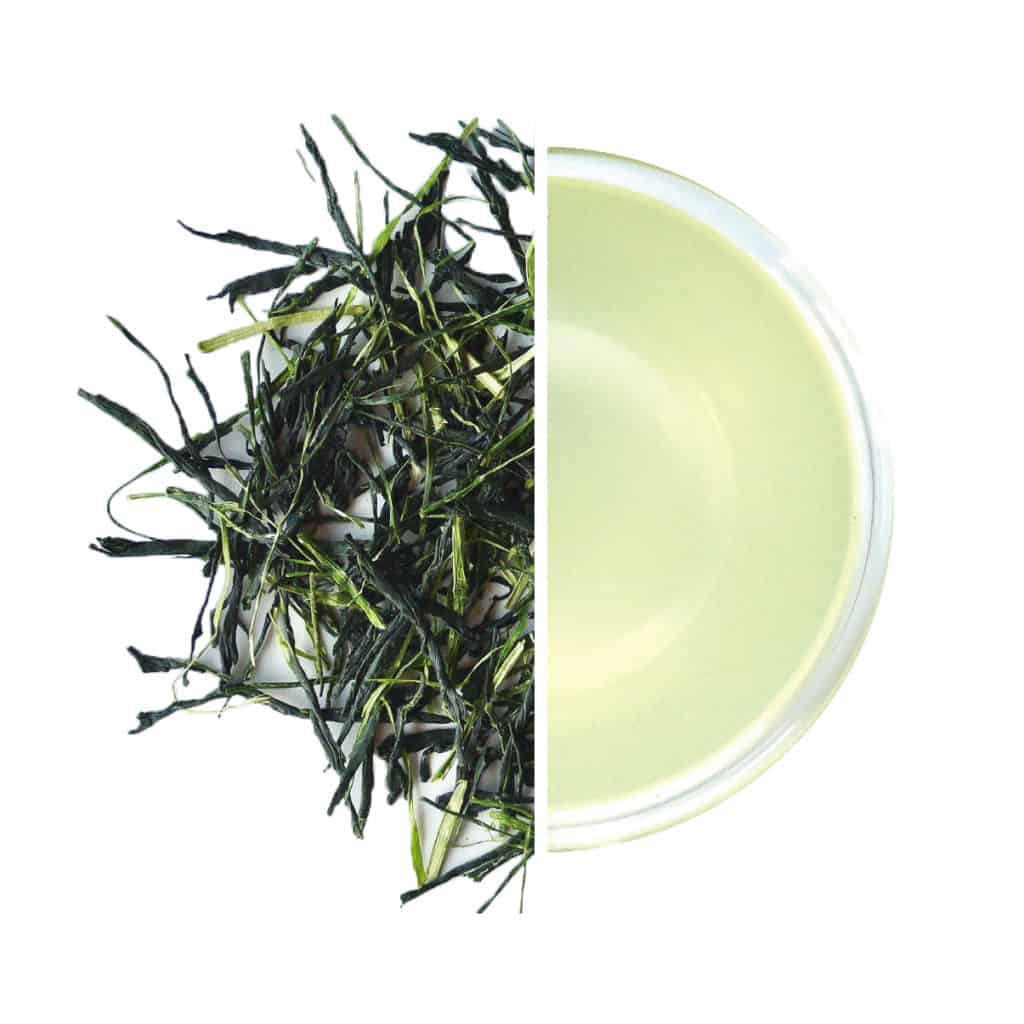
Gyokuro is one of the most popular Japanese types of green tea, but also one with a massive amount of caffeine. Behind its sweet, chlorophyll flavors, gyokuro possesses about 35 mg of caffeine per serving.
This is because the tea leaves are covered in shed about three weeks before cultivation. In the process, amino acids and chlorophyll concentrations within the tea become stronger, including the caffeine rate.
Because it’s a high caffeine tea, it’s not recommended to drink gyokuro if you want to avoid caffeine.
Conclusion
So, does green tea contain caffeine? The answer is yes, with certain factors increasing or decreasing the amount in different types of green tea.
However, that doesn’t spell bad news entirely because the caffeine rate in many green tea types is generally low. And if you still wish to avoid caffeine in green tea, then decaffeinated green tea is the one for you.
But regardless of whether a green tea contains a small amount of caffeine or not, you still can’t overconsume it. The maximum daily amount of caffeine intake is 400 mg, about 8 cups of a regular green tea.
Therefore, the next time you ask yourself about “Does green tea contain caffeine that’s safe for me?”, look at that maximum intake.
Make it your guideline to avoid drinking high caffeine tea too much and keep your body healthy and exciting.
Read Now : GREEN TEA BENEFITS, TYPES, AND POSSIBLE SIDE EFFECTS


